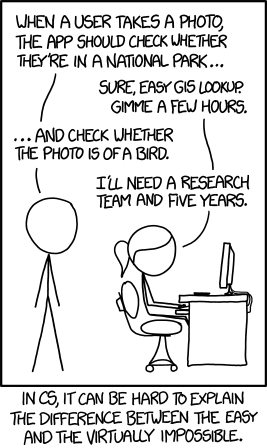A
friend recalled something a friend of his had said on hearing how Joseph K, the
protagonist of Kafka’s The Trial,
waited outside the court not knowing what his crime is: “Why? Didn’t he know
anyone inside?!” This anecdote is of course more than an anecdote.
Law
is not a source of paranoia about the loss of freedom in India. Nor is it a primary
source of reassurance about why order exists in India. Indeed, law more
commonly seems a pliable phenomenon: I know someone who knows someone who knows
someone who can get it to work (or not work). And, people also get law to behave the way it
is expected to.
Our
relationship with modern law couldn’t not have been complex.
In
the West, the ideals of citizenship – civil, political and social – were got
from the state as an outcome of social struggle and revolution that wished to
end the arbitrary power of monarchy and the church and put a democracy in
place. It has been 200 years since this process began there.
The
Indian state, as we know, embraced the constitutional ideals of citizenship
without demands for them from below. The last six decades have been a period
where these ideals have tried to find anchor in the minds of people. The state
has done its bit in this regard. The news media, schools, political parties,
and social movements have also contributed to making Indians see themselves as
citizens above everything else. Realities
of brute power and vested interests have of course tried to subvert this
process. The diverse religious traditions
and moral philosophies of Indian civilization, whose visions of freedom and
equality are at odds with those embodied in the constitution have also existed
alongside to provide meaning to social existence. They have held out their own standards of reasonableness
and of acceptable and unacceptable conduct.
Gandhi
of course doubted the indispensability of lawyers for society and affirmed his
faith in negotiating settlements outside the route of litigation. In his writings on village reconstruction, Tagore
had felt that the village communities could manage local disputes without the
necessity of the police or the courts.
Gandhi and Tagore represent the continuing attractions of the desire to
arrive at settlements outside courts. The ideals of community life that they
espoused still matter in public life: the ideal of self-sacrifice, whereby an
individual subordinates his or her interest for the sake of the community’s
welfare, is very strong. Or, the ideal
of tolerance which lets people overlook faults, small or big, is also key to
understand why so many city residents reconcile to live with their neighbours’
bye-law violations or not bother to report a dented bumper to the police. The pain of navigating the police and the
courts can explain these only to an extent.
The
stark power realities that let the powerful to use and disregard law as and
when they please has not meant a popular cynicism towards law. Ambedkar and a whole gamut of distinguished
political and social activists have attempted to build inspiration towards law
as an instrument of social justice and political freedom. Legal activists
continue to engage the courts as if vulnerable citizens mattered and gain
victories for democracy. And, even if led by considerations by TRPs, media’s vigilante
activism towards the legal misconduct of the government machinery, political
parties and, on occasion, corporate companies, is high. Despite the absurdly high rates of pendency,
law still holds out a way for the affected.
We
will have to start looking closely at how the various imaginations of law,
civility, and equality are working around us.
Instead of viewing liberalism as sacrosanct and the other imaginations
of law as illiberal and non-modern, a responsible political task will be to see
how liberalism can be challenged, enriched and re-imagined by other ideas of
equality and freedom. And keep the
future open.
